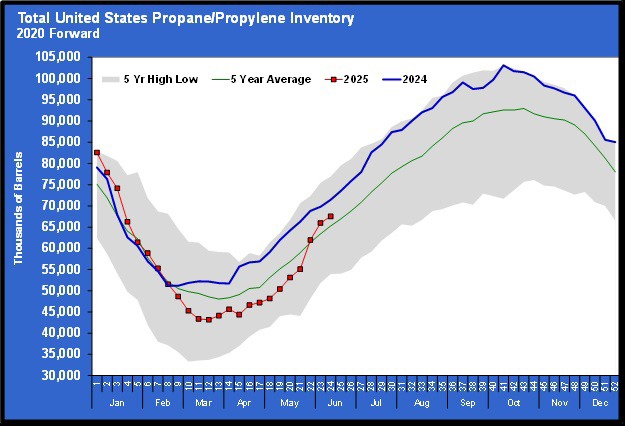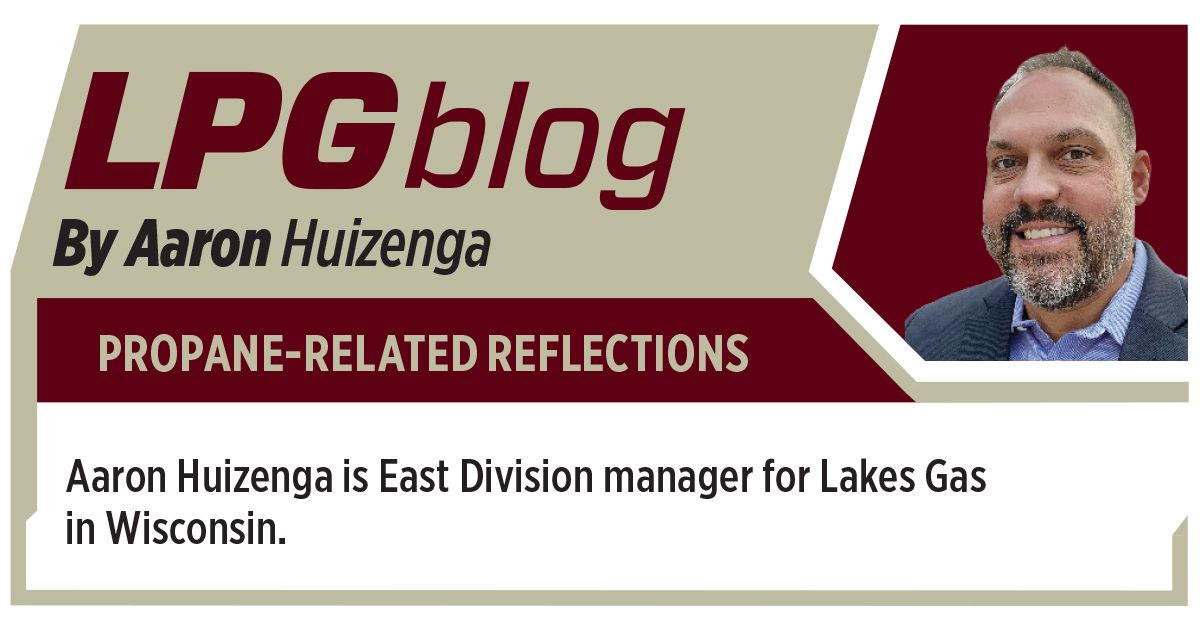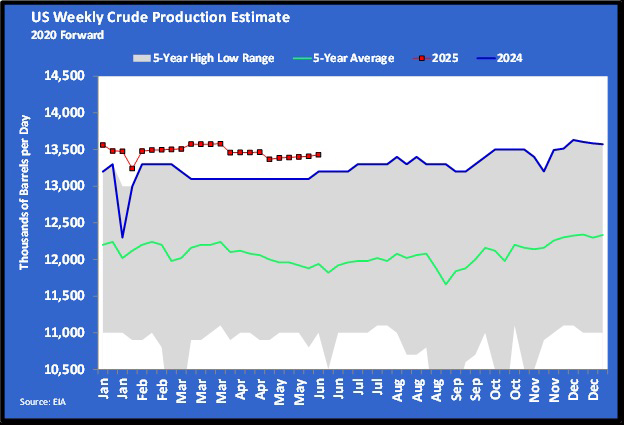Record growth in NGL production: Maybe it’s just the beginning
An abundance of domestically produced propane has been a valuable asset and selling point for the industry over the last 10 years. Propane retailers have had the luxury of promoting the reliability and versatility of an American fuel while reassuring customers that their supply needs will be met.
Now, two reports on U.S. energy production growth reveal an impressive past and a promising future.
First, let’s look back. U.S. natural gas plant liquids production set an annual record of 3.7 million barrels per day (bpd) in 2017, nearly doubling since 2010, according to the U.S. Energy Information Administration (EIA).
These natural gas plant liquids, which include butane, ethane and propane, are produced at natural gas processing plants. The plants separate liquids from raw natural gas to produce pipeline-quality dry natural gas. Meanwhile, the mix of liquid products requires further processing to separate into marketable products.

For low-cost ethane, that means usage as petrochemical companies’ preferred feedstock. Ethane has been in such high demand that its production growth drove the record output of natural gas plant liquids production in 2017, EIA says. Last week in Trader’s Corner, we examined petrochemical companies’ preference of vastly cheaper ethane, over propane, as their primary feedstock.
Shale gas is responsible for much of the growth in U.S. natural gas production. The high liquids content of many shale plays, including the Appalachian region that boasts the Marcellus and Utica shales, means the growth in marketed natural gas production has led to increased production of natural gas plant liquids. The increased share of this natural gas plant liquids production can be attributed to an expanded capacity to produce, transport and consume the natural gas liquids products, EIA notes.

The shale gas revolution – with its combination of improved hydraulic fracturing and horizontal drilling technologies – has made a dramatic impact on the U.S. energy landscape over the past decade. A new report from business information provider IHS Markit shows the potential for significant growth in U.S. natural gas production because the overall size of recoverable gas reserves continues to increase.
IHS Markit expects natural gas production to rise by about 8 billion cu. ft. per day, more than 10 percent, this year alone. Altogether, it adds, U.S. production is expected to grow by another 60 percent over the next 20 years.
The firm notes a “wholesale turnaround” in the prevailing assumption of the shale gas revolution 10 years ago: That the U.S. supply base was being exhausted. What started with natural gas would be extended to oil a few years later. U.S. oil output more than doubled between 2008 and 2018 and exceeded the previous height set in 1970, IHS Markit reports. Drilling for crude oil in the shale plays also leads to associated natural gas.
Quick Hits
Mariner East pipeline update: The Pennsylvania Public Utility Commission issued an order allowing Sunoco Pipeline, also known as Energy Transfer Partners, to resume operations of the Mariner East 1 pipeline while also continuing an injunction against construction of the Mariner East 2 and Mariner East 2X pipelines in West Whiteland Township, Chester County. The Mariner East projects are designed to provide needed pipeline infrastructure to transport ethane, propane and other petroleum products from the Marcellus Shale to markets in Pennsylvania and elsewhere. Get the latest details.
Oil price forecasts: EIA released its latest forecasts for Brent and West Texas Intermediate (WTI) crude oil prices. Brent crude oil will average $71 per barrel in 2018 and $68 per barrel in 2019. WTI prices are forecast to average almost $7 per barrel lower than Brent prices in 2018 and $6 per barrel lower in 2019. EIA says crude oil prices have reached high levels as global oil inventories have generally declined from January 2017 through April 2018. The agency expects oil prices to decline in the coming months because global oil inventories are expected to rise slightly during the second half of 2018 and in 2019.
Attention, propane retailers and suppliers: Have company news to report or story ideas to share? Email LP Gas Editor-in-Chief Brian Richesson at brichesson@northcoastmedia.net.
Call Cost Management Solutions today for more information about how Client Services can enhance your business at (888) 441-3338 or drop us an email at info@propanecost.com.
















